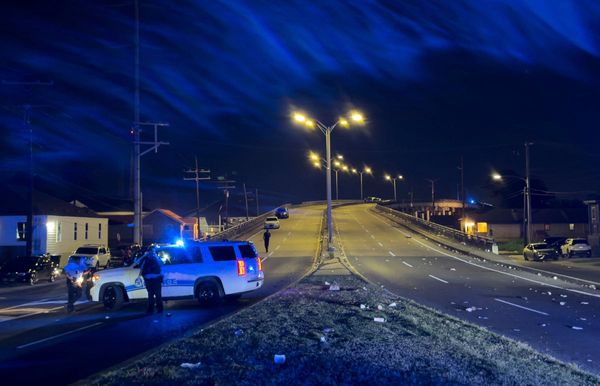Drone technology has been all the rage for the past few years. From wedding photography to travel vlogging, its widespread benefits have found a place in practically every industry. More and more businesses are incorporating aerial technology to streamline their processes and offer a competitive edge to customers.
The oil and gas industry is no different. Pipeline inspection and construction is one area that extensively benefits from the far-reaching advantages of drone technology. This has allowed businesses in the sector to significantly reduce safety concerns, save money, and meet deadlines. But drone technology can benefit the pipeline industry in several ways beyond such basic perks.
Data Collection And Surveying:
Accurate data collection is the backbone of a successful pipeline inspection. Not only does it provide technicians with a brief outline of what they’re dealing with, but it also plays a crucial role in data sharing. In this scenario, aerial inspection resources can significantly help teams analyze real-time data and revisit documents for better clarification.
Through advanced sensors and technology, drones can collect information from hard-to-reach areas and flag potential dangers. Features like high-definition images, 3D modeling, and thermal imaging can also reduce data obscurity and exponentially expand surveying capabilities. By collecting data from larger areas, drones can improve accuracy in assessment.
Route Vetting:
Pipeline routing is an essential prerequisite when it comes to pipeline construction. It allows businesses to get a real-time idea of the topography, utilities, and property boundary issues to streamline the construction. Needless to say, aerial technology is an excellent tool that can help businesses accurately develop pipeline routes.
Drones can help gather critical information like population and building density in pipeline routes, topographic information, help in soil investigation, assess key data points for environmental dangers, and record land ownership. All these factors can help businesses save considerable time and money on route vetting.
Post-Construction Inspection:
Compliance with regulations and standards is vital for any kind of construction. This means businesses have to ensure their constructed pipeline meets all regulations and addresses any challenges that may come forth. Aerial inspection using thermal sensing cameras is an excellent way businesses can ensure compliance post-pipeline construction.
Much like data collection and surveying, this kind of inspection can help locate problems in the pipeline for quick recovery. Temperature sensors can identify leaks or construction activities near the route to prevent future damage. Drones can also help with remote site progress observation for global projects.
Identify Pipe Damage:
Security is one of the biggest concerns when it comes to oil and pipeline projects. Businesses must meet regulations all year round and ensure their employees are protected from unforeseen accidents. This is where drone technology comes into play.
Through scheduled inspections, businesses can keep track of project processes and meet security concerns. Drones can be used for the early detection of leaks and other liabilities. This includes everything from corrosion and other structural damage.
Combat Challenging Conditions:
The biggest drawback of hiring pilots for aerial inspection is the influence of weather conditions. Pilots cannot carry out inspections or surveys during harsh environmental conditions. Similarly, manual inspection in cases of gas leaks or pipe damage can put employees’ safety at risk.
On the contrary, drones make the perfect alternative to employing manual inspection. These can be used for a range of off- and on-shore inspections. Drones can also collect data from hazardous places without risking employee safety. In addition, these come with reduced deployment time and labor costs.
Final Thoughts:
Undoubtedly, drone technology has and continues to benefit the oil and pipeline industry in several ways. Through accurate data collection and easy inspections, businesses can reduce safety risks while optimizing their operations.







